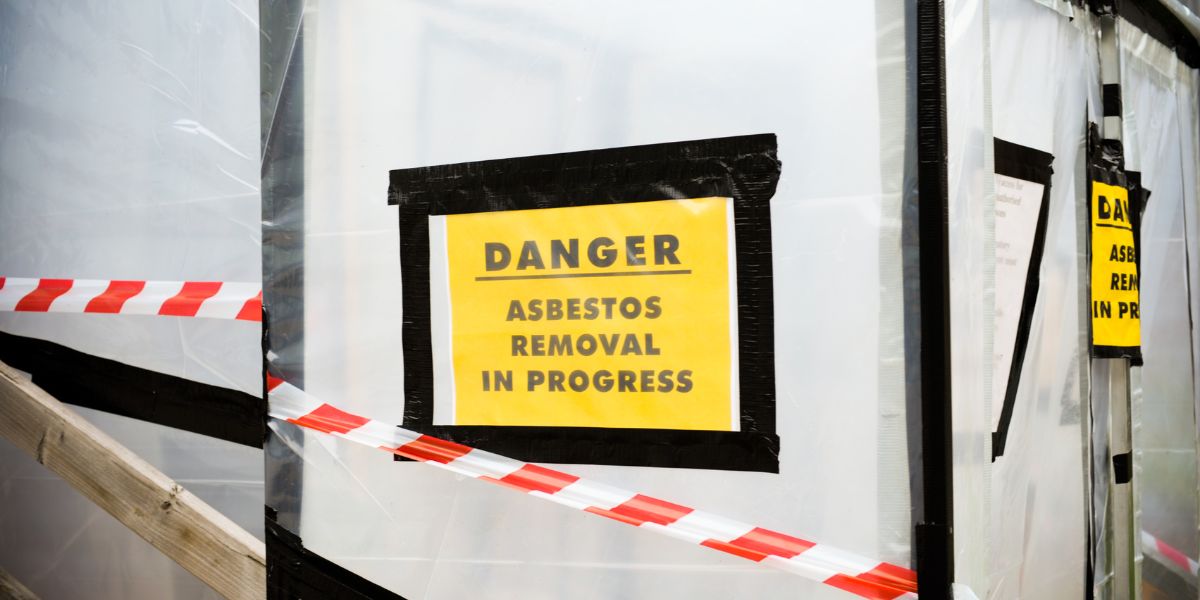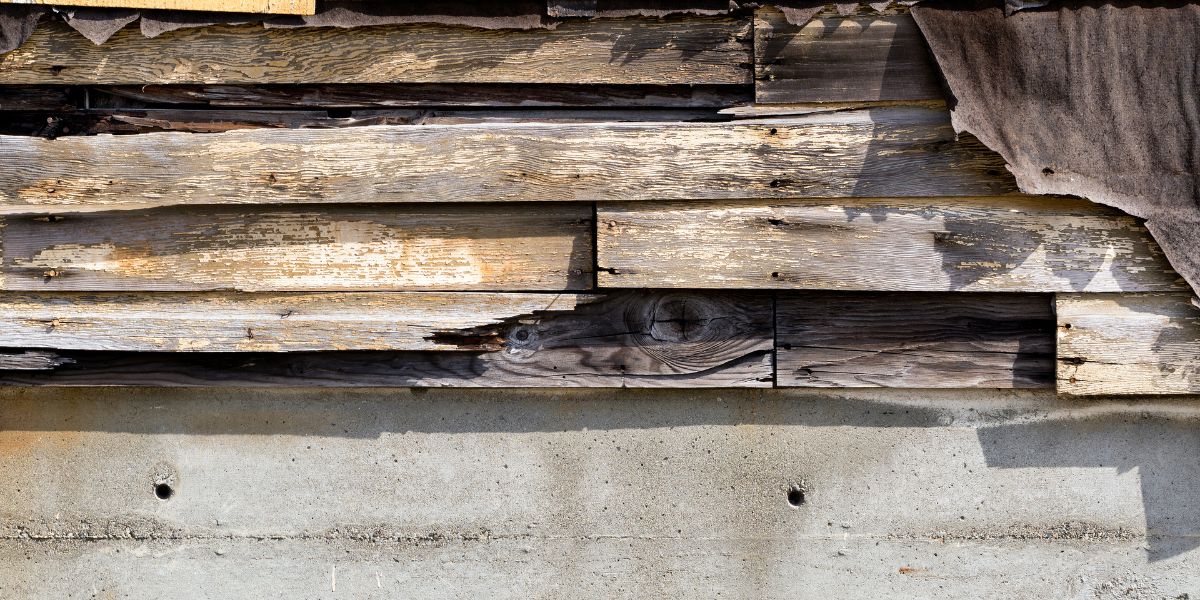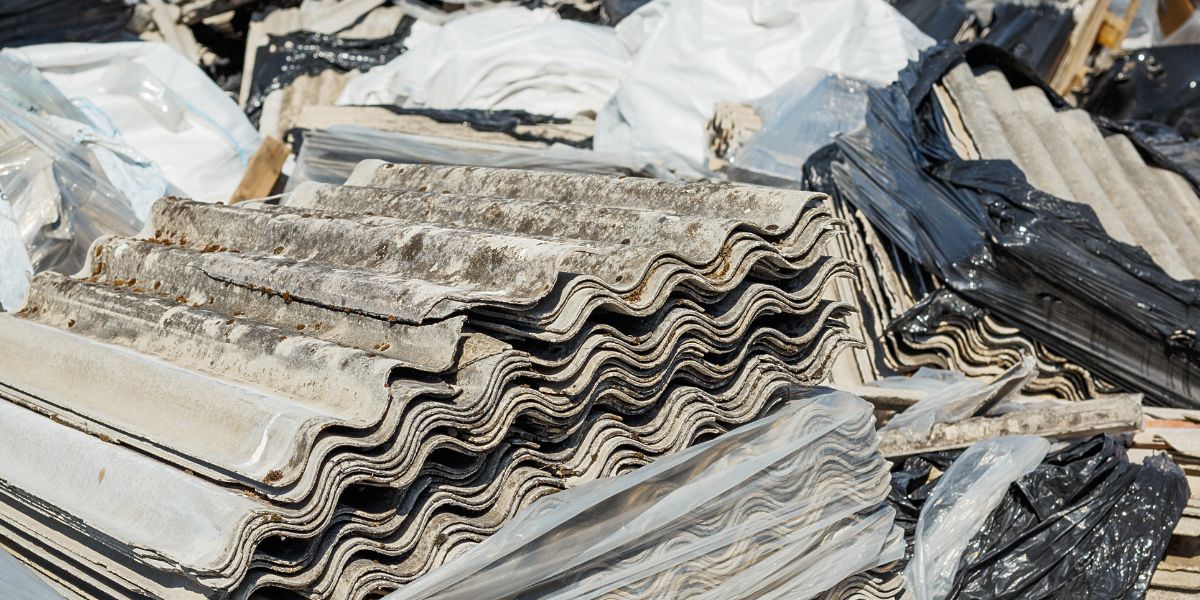Brown spots on the ceiling can be an alarming sight for homeowners, signaling potential issues that demand immediate attention from a water restoration company. These unsightly stains not only mar the aesthetics of your living space but can also indicate underlying problems that may worsen over time. From water leaks and roof damage to mold growth and condensation, there are various culprits responsible for these discolored patches.
In this article, we will delve into the common causes of brown spots on the ceiling, exploring their implications and offering practical solutions to address them effectively. Protect your home and maintain its structural integrity by gaining insights into this common household issue.

What Causes Brown Spots on Ceiling?
Brown spots on your ceiling can be a cause for concern, and understanding their origins is crucial to tackle the issue effectively. Several factors contribute to the formation of these unsightly stains, and being aware of them can help you take the right steps to address the problem.
Water Leaks
One of the primary culprits behind brown spots is water leakage. Roof leaks, plumbing issues, or even minor cracks in the ceiling can allow water to seep through, carrying dirt and contaminants that leave behind the telltale brown discoloration.
Roof Damage
A damaged roof can lead to more severe leaks, which can result in brown spots on the ceiling. Whether it’s missing shingles, worn-out flashing, or compromised seals, addressing roof issues promptly can prevent further damage.
Condensation
Excess humidity or poor ventilation in a room can cause condensation to form on the ceiling. Over time, this moisture can lead to the development of brown spots.
Mold and Mildew Growth
Lingering moisture from leaks or condensation can create an ideal environment for mold and mildew to thrive. These fungi can discolor the ceiling, posing health risks and further structural damage if not dealt with promptly.
Smoke
If smoking occurs indoors or near vents, smoke particles can accumulate on the ceiling, leaving brown stains over time.
By understanding these potential causes of brown spots on your ceiling, you can take appropriate measures to address the issue promptly and prevent further damage. Regular inspections and timely repairs can help maintain the integrity of your home and ensure a safe and aesthetically pleasing living environment.
What To Do If You See Brown Spots
Discovering brown spots on your ceiling can be unsettling, but taking immediate action is essential to prevent further damage and address the underlying cause. Here’s a clear and concise guide on what to do if you encounter these unsightly stains:
Investigate the Source
Start by identifying the cause of the brown spots. Check for signs of water leaks, such as dampness or active dripping. Inspect your roof for any visible damage, missing shingles, or compromised flashing. Determine if the stains are located near vents or areas prone to smoke exposure.
Address Water Leaks
If you find evidence of water leakage, tackle it as a priority. Fixing the source of the leak will prevent further damage to your ceiling and potential mold growth. Engage a professional plumber or roofer to assess and repair the issue.
Monitor Moisture Levels
Ensure proper ventilation and humidity control in your home. Consider using dehumidifiers in areas prone to excess moisture. Address any condensation issues promptly to prevent the formation of new brown spots.
Inspect for Mold
If the brown spots are accompanied by a musty odor or visible mold growth, take immediate action to remediate it. Properly clean and disinfect affected areas, and ensure thorough ventilation to discourage mold recurrence.
Seek Professional Help
If you are unsure of the cause or unable to handle the repairs yourself, consult a qualified inspector. They can conduct a comprehensive assessment, provide expert advice, and undertake necessary repairs.
Repair and Repaint
After addressing the underlying cause and ensuring the affected area is dry and free from mold, repair any damaged ceiling material and repaint to restore the aesthetics of your ceiling.
Remember, prompt action is key to prevent further damage and maintain a safe and comfortable living space. Regular inspections and proactive maintenance will help you catch potential issues early and preserve the integrity of your home.

How To Avoid Brown Spots on Ceiling
To avoid the formation of brown spots on your ceiling, it’s essential to implement preventive measures and proper maintenance. Regular roof inspections by a professional can help identify and address potential issues promptly, preventing water leaks that may lead to brown spots. Additionally, make sure your gutters and downspouts are well-maintained and free from debris to channel water away from your home efficiently.
Address plumbing leaks promptly, as leaking pipes or fixtures can introduce moisture into your ceiling, creating conditions for brown spots to develop. Proper ventilation is crucial, especially in areas prone to high humidity, like bathrooms and kitchens. Adequate ventilation reduces condensation, minimizing the chances of brown spots forming.
Insulating attic spaces can help maintain a consistent indoor temperature, preventing temperature fluctuations that lead to condensation on the ceiling. Avoid indoor smoking or smoking near ventilation systems, as smoke particles can accumulate on the ceiling, leaving unsightly brown stains over time.
Monitor indoor humidity levels using a hygrometer and take action if levels consistently exceed recommended ranges. Using dehumidifiers in damp areas can help maintain optimal humidity levels and prevent brown spots. Finally, act swiftly if you notice any signs of water damage, mold, or discoloration on your ceiling. Timely repairs can prevent further damage and maintain a clean and attractive living environment. By being proactive in maintenance efforts, you can effectively prevent brown spots and preserve the pristine condition of your ceiling.
Don’t let brown spots tarnish the beauty and safety of your home. Take charge today by implementing preventive measures and promptly addressing any issues. For expert guidance and effective solutions, contact us now at First and Last Restoration for a free consultation.

FAQ
How do I know if the brown spots are caused by mold?
Mold growth is often accompanied by a musty odor and visible patches on the ceiling. If you suspect mold as the cause, it’s essential to address it promptly to prevent further spreading.
Can brown spots on the ceiling lead to health problems?
In some cases, brown spots caused by mold growth can pose health risks, especially to individuals with respiratory issues or allergies. Addressing mold promptly and ensuring proper ventilation can help mitigate health concerns.
What do I do if I can’t identify the cause of the brown spots?
If you are unsure of the cause or unable to identify it yourself, seek the assistance of a qualified contractor or building inspector. They can conduct a thorough assessment and provide expert advice on resolving the issue.
Take action now to address brown spots on your ceiling and ensure a safe and beautiful living space.

















